First try of audio & text version of an article - would love to hear what you think!
In a previous post, we talked about the flywheel built around our talent pools: DAO, education, content and consulting. In the short term consulting will be our main revenue source and content will be our main proof of work to potential clients. It is therefore important to incentivise for good content and for the necessary technical and knowledge infrastructure to be in place. Consulting itself shouldn’t need any additional incentives as consultants will be paid by clients.
The incentives of the token would ensure we have activities within the DAO going in the right direction, rewarding contributions to the talent pools content, education and DAO with tokens that give holders a share of consultings revenue.
The idea for a second token comes from the onboarding process into our talent pools. We want to ensure contributors have earned their way up into the DAO before we let them work with clients, publish articles or take up other responsibilities. The simple reason we can’t use the first token, is that we want the first token to be transferable, but status should not be transferable - we only want members to work for clients that have worked their way up, not that have bought their way in.
We are not the first to notice this paradox and I highly recommend reading this a16z future piece (we’ve also summarised it here).
This presents a paradox: if a token can be transferred easily, then those without reputation can simply purchase it, which reduces the token’s ability to serve as a reputation signal.
In this piece, I want to dive deeper into each of these tokens and discuss the pros and cons of this type of model.
Reward token (proof of work)
Paying out a token as reward for every contribution would incentivise contribution to a certain degree, but how would we measure contribution and what would give the token value?
Our talent pools create fairly tangible stuff - articles, tweets, educational videos and the infrastructure of our DAO. Once published, a set number of tokens could be paid to the member (i.e. create twitter thread and receive 10 tokens).
This would incentivise a few, but the token still wouldn’t have any real value. Making tokens valuable involves making them worth holding or using. Governance, distribution of yields or access to more earning potential are just some avenues to explore here.
Distributing rewards
To keep the flywheel going, it might be worth distributing a part of the consulting revenues to token holders. Content creation is what - in most cases - got the client to trust us and start a project with us. It seems fair for consultants to contribute to running the operations and improving our reputation. How much the share should be is something to be discussed. Here is how the value flow could look:
Governance
The power to decide what the DAO does also makes a token worth holding. Members who have contributed and are willing to hold their tokens have skin in the game and are the people that hopefully decide in the best interest of the DAO. After all, their interests should be aligned with the DAOs as token holders are principals.
More tokens = increased skin in the game
Our DAO structure has different roles. We want to ensure that when higher ranks get more responsibility, they also have more skin in the game. Ideally they would need to hold a certain number of tokens when being in a higher role. This mechanism would allow us to give members with more skin in the game access to better paying consulting engagements or exposure to our publishing channels, creating a gated community for holders.
Potential issues
Diluting ownership: Rewarding every contribution means we either need to limit the number of total contributions or reduce the payout for contributions over time (like with the Bitcoin halving) to not have a completely uncapped token supply. Either way the model will dilute the voting power and revenue share of contributors over time, unless they keep contributing and by that favouring regular contributors.
Favouring regular contributors: A stable inflation rate slowly dilutes token holdings of inactive members. It would however, not benefit early contributors. In the beginning, projects need a high time commitment and a token model whose supply inflates might not be seen as a strong incentive for early contributors.
Incentivising early contributors: Staking tokens is often used as an inflation protection where the staking reward (more tokens) balances out the inflation. People willing to hold and stake their tokens can thus stay stable compared to the ones not staking. This might be an interesting counterbalance to ensure early contributors are incentivised even if we’d be abusing staking.
Status token
The problem with the proof of work token is that in order for it to be a reward, it needs to be tradeable. A non-tradable token limits the potential benefits such as upside in a project. Trading however, is an issue when reflecting status. We want members who have earned their status to contribute but not the buyers of the tokens they sold to. For this reason, a second token to reflect the status within the DAO might be useful.
Think of airline miles. Flying a lot gives you 1) points to spend on flights or upgrades and 2) status points which gets you access to the lounge. The status that gets you into the lounge can’t be spent and can’t be traded, it is linked to the individual. It also has the interesting property of expiring after a time of not flying. This is a strong incentive to keep flying with the airline you want to maintain status with and could be used to incentivise contributors as well.
Earning status: Status tokens should be rewarded in a similar way to proof of work tokens. Every activity that advances the DAO by adding value to it could be paid with status tokens as well as proof of work tokens.
Levels of status: The type of token is to be defined, but a status token could reflect a status-level akin to our internal member ranks, giving holders access to more revenue and publishing opportunities.
Issues
Complication: Reward and status tokens are not linked to each other but are both paid out as reward for contribution. The reward token is tradable and the reputation token is not. Two tokens might unnecessarily complicate the system. Who knows, the problem might be solvable in a more elegant way.
Compatibility: Status tokens get into the area of on-chain credentials - I’ve covered the topic here, here and here and it is not a trivial one to solve. It’s probably good to go ahead with something as simple as possible but compatibility with other external credential systems might be required later.
Expiring status: It seems to be an important thing to consider not only because of the incentive function mentioned above but also as it would make inactive members transfer influence to active members over time. This might, however, favour regular contributors over early contributors again.
Similar Projects
Once you open your eyes to the reputation token idea, you start seeing it everywhere.
Jad Esber and Scott Kominers in “A Novel Framework for Reputation-Based Systems” propose a two token system in which the status token is non-transferable (called points). Holders of the status token receive a second, transferable token (called coins), based on their status holdings.
“Effectively, points spin off dividends in coins that can be used as tradable currency.”
I can see how people are incentivised to work for and collect points, but the article does not describe what gives coins any value. Why would someone hold or buy them? There needs to be an additional function built into the coin so that it becomes valuable and people want to buy it. Perhaps it could be made redeemable for a piece of treasury, pay a dividend or give access to a gated community.
Another interesting thought is implementing a decline of status tokens over time relative to the engagement level of others. This might be doable with coordinape where tokens could be distributed peer to peer based on what the community thinks the contribution of an individual was.
In a recent announcement Ethereum layer 2 Optimism introduced the Optimism Collective: A two token approach to governance in which the transferable OP token has certain rights and citizenships, which are non-transferable, have another set of rights and responsibilities.
OP tokens are airdropped to users of the community and citizenships are awarded to contributors to Optimism and its ecosystem as a form of status. The two tokens are not directly linked but have an overlap in governance powers.
The Citizens’ House will keep the network in check from plutocratic capture.
An interesting concept of keeping a balance between internal and external interests and power.
Lastly, there is this DevxDAO Whitepaper, which we came across recently. The status token is an NFT rewarded for contributions and it allows holders to earn a salary in stablecoins.
Only allowing status token holders to vote - as proposed in the whitepaper - might have benefits, but it could also limit the amount of interest from outside (i.e. investors) who might not want to be active but have great ideas on the future of the DAO.
Paying a stablecoin salary instead of a token, whose value is determined by the market might not align incentives in the best way. If all profits are paid out pro rata to the number of status tokens one holds, this could quickly run into dilution of ownership thus again benefitting regular contributors over early contributors. On top, the ultimate goal for every member here is to maximise profits as it impacts their salary but it might not bring the long term thinking aspect that a principal with equity would have.
Summary
Seeing all these different approaches pop up shows that this idea is ripe for a wider implementation and I hope to see more examples of reputation tokens out there.
A few topics need further investigation though.
Balancing regular and early contributions is tied to rewarding contributions, but since most status would come from contributions, it needs to be looked into how to balance between regular and early contributions. A decreasing reward pool might be a solution.
Another open question to me is whether in such a two token model the reputation and reward token need to be linked. Optimism does not directly link them but the other models do link payouts to the number of status tokens held.
Is the Tokenomics DAO going to implement two tokens? We don’t know yet and continue to analyse what best suits our needs.




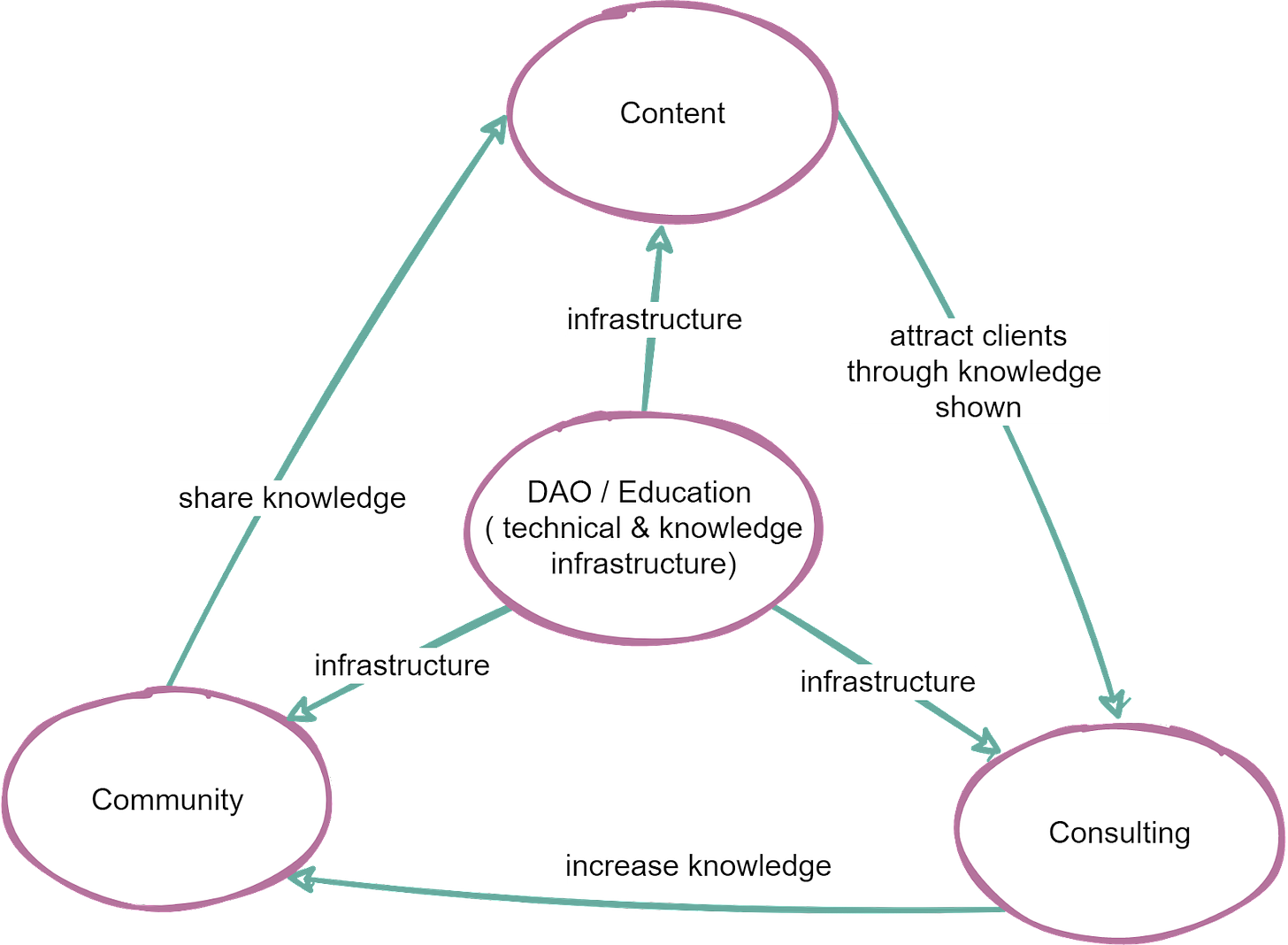
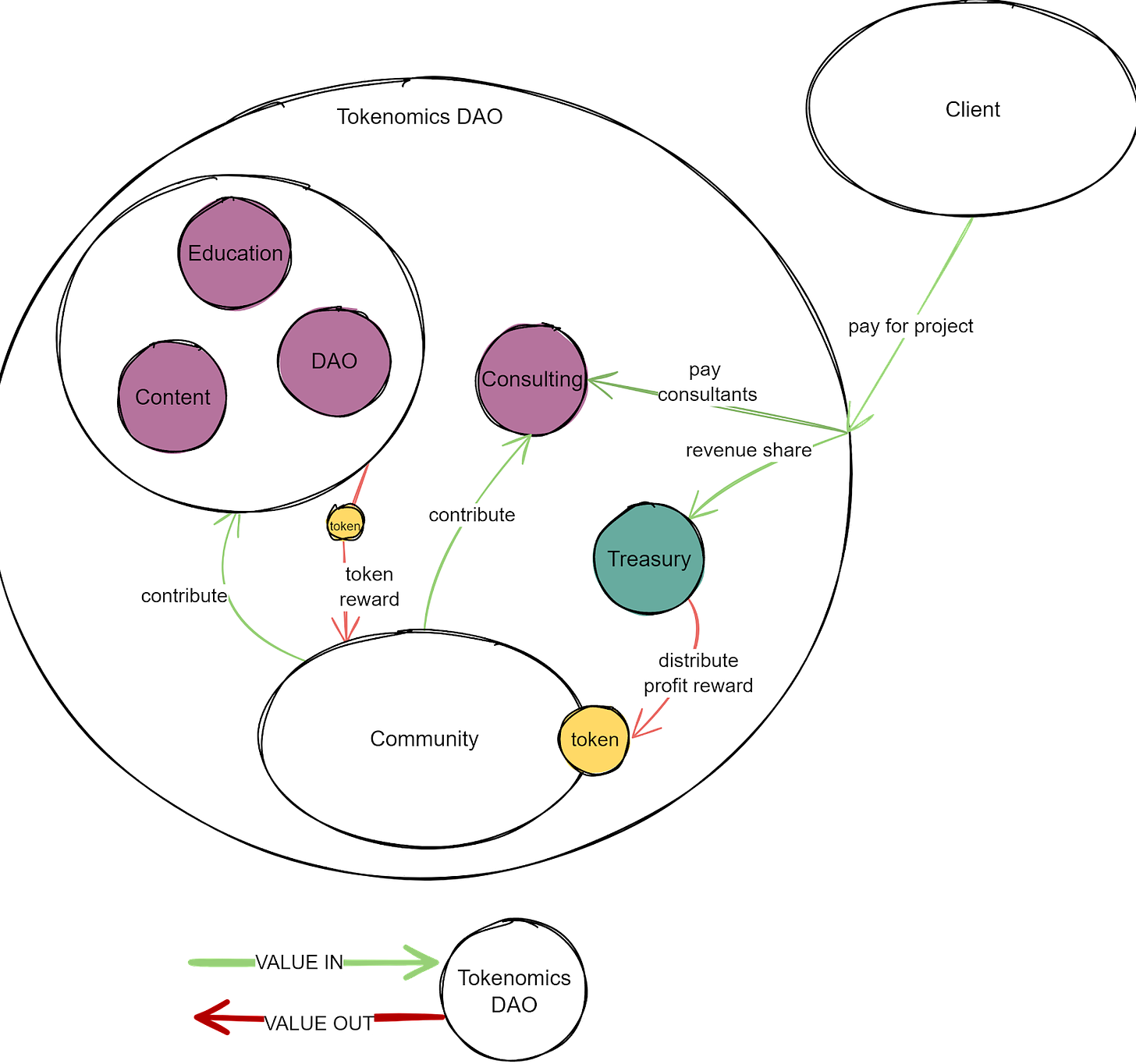
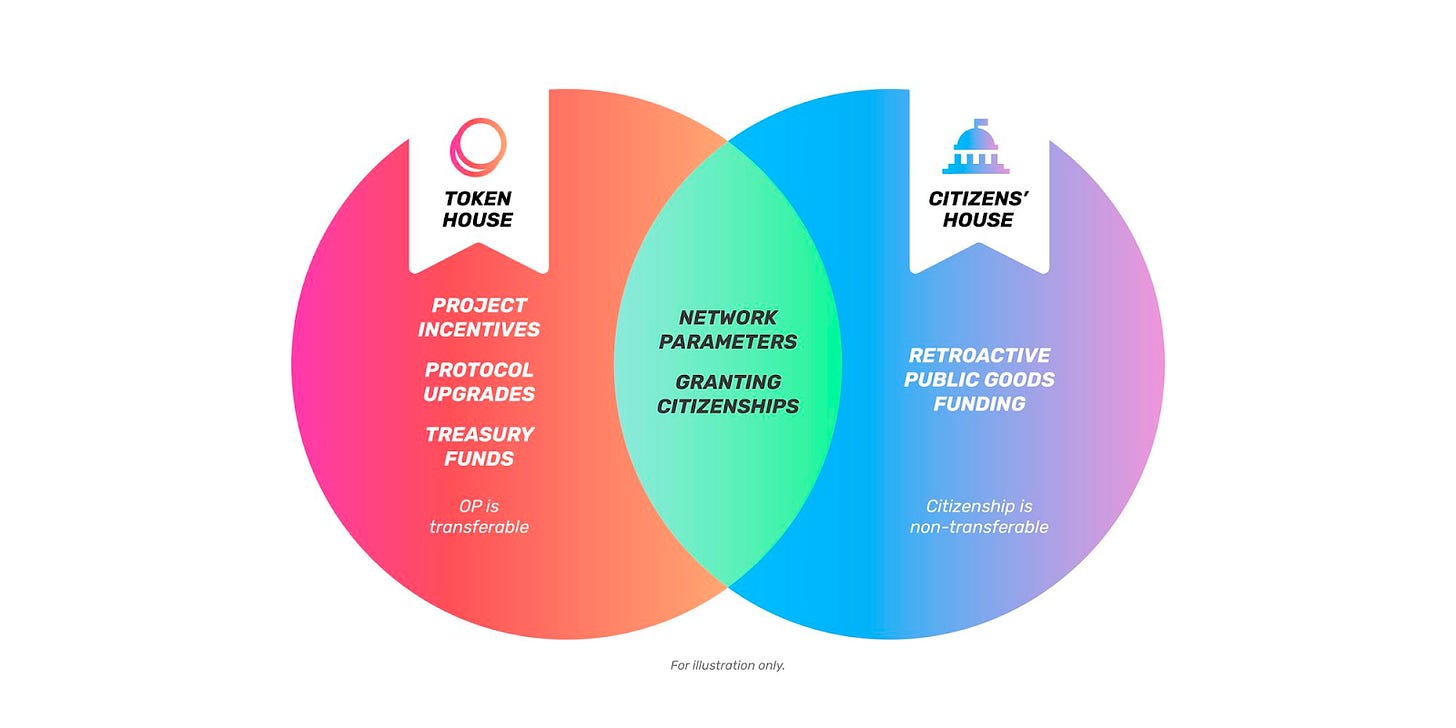




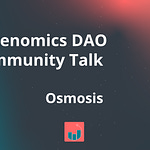

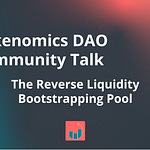
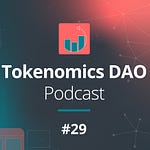
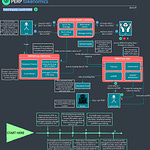
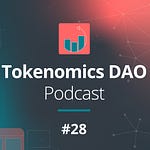
Reputation and reward: Do we need two tokens to keep the flywheel going?